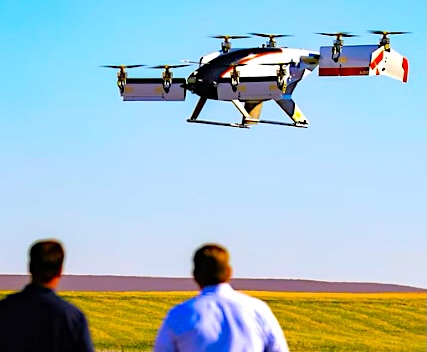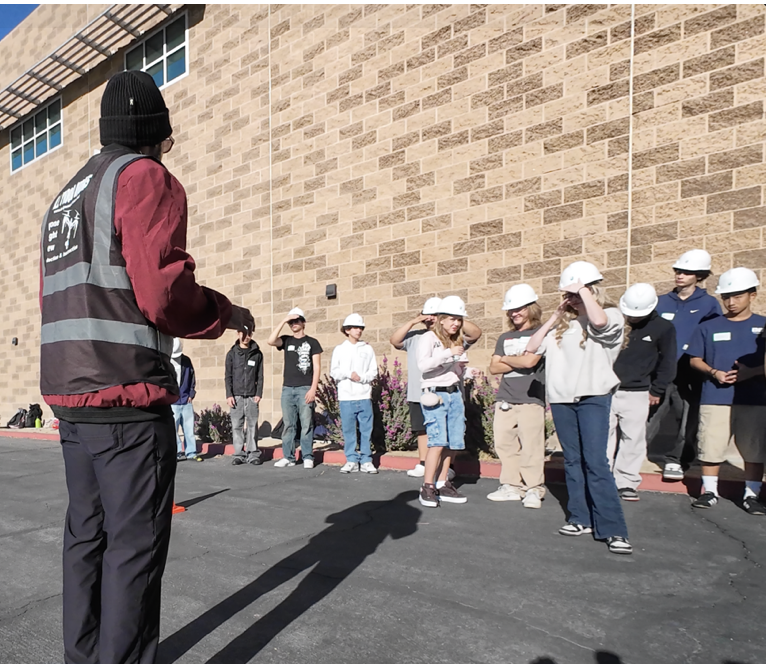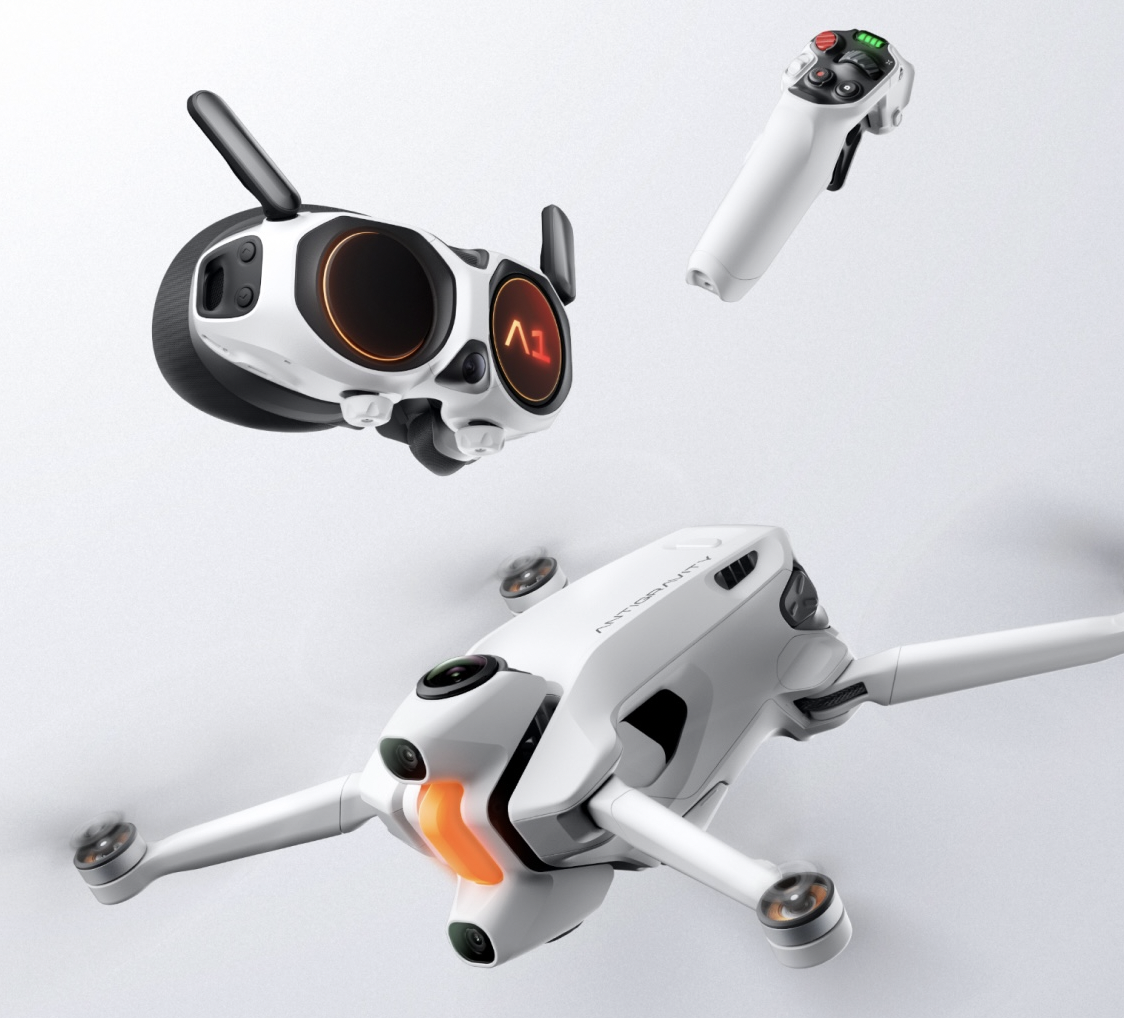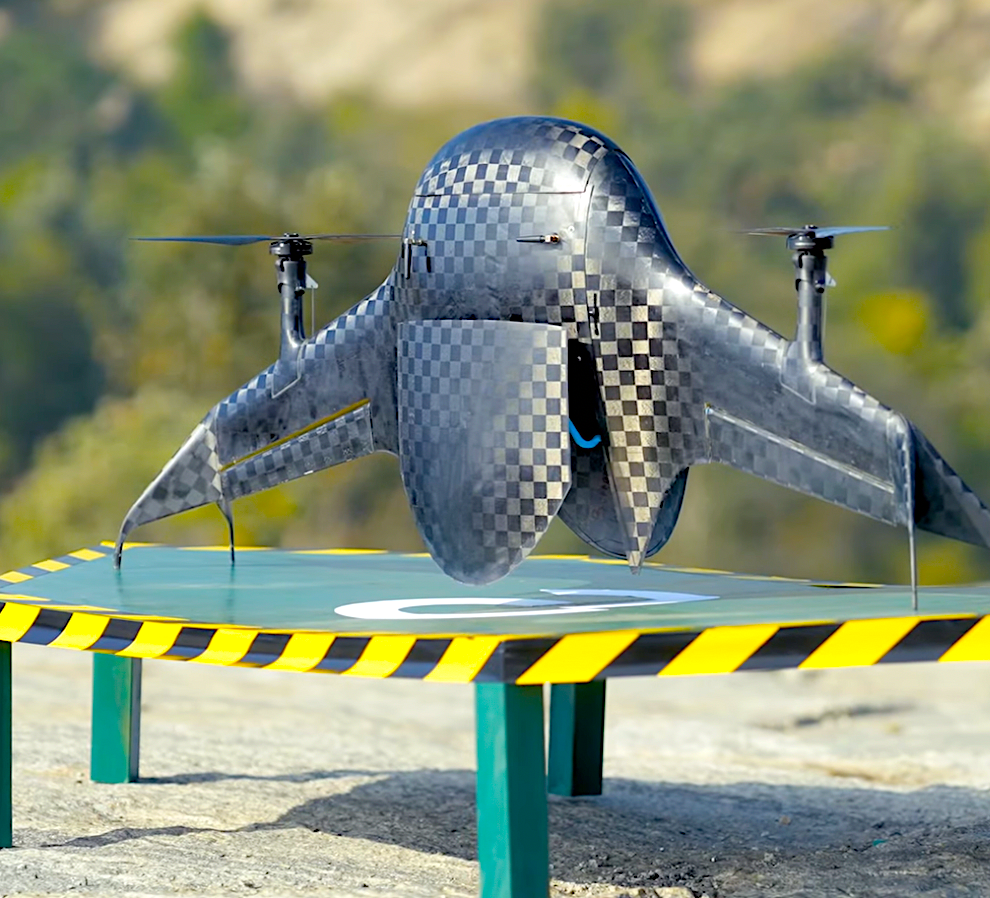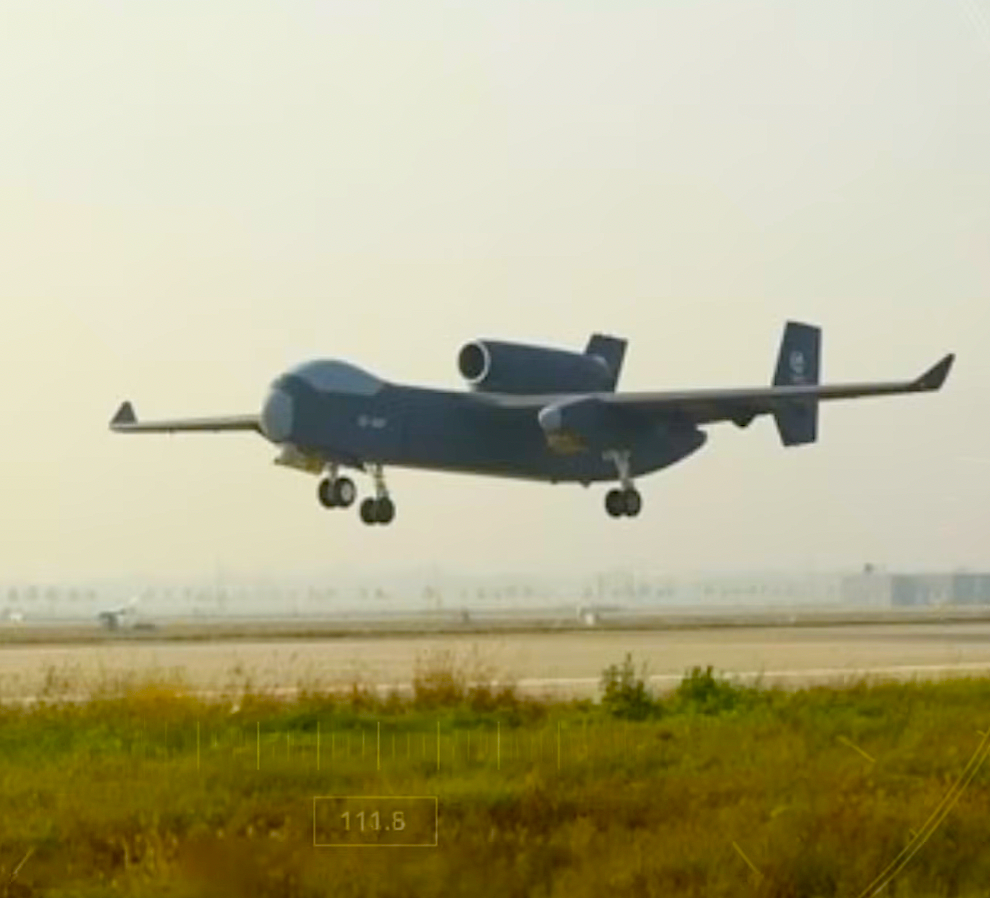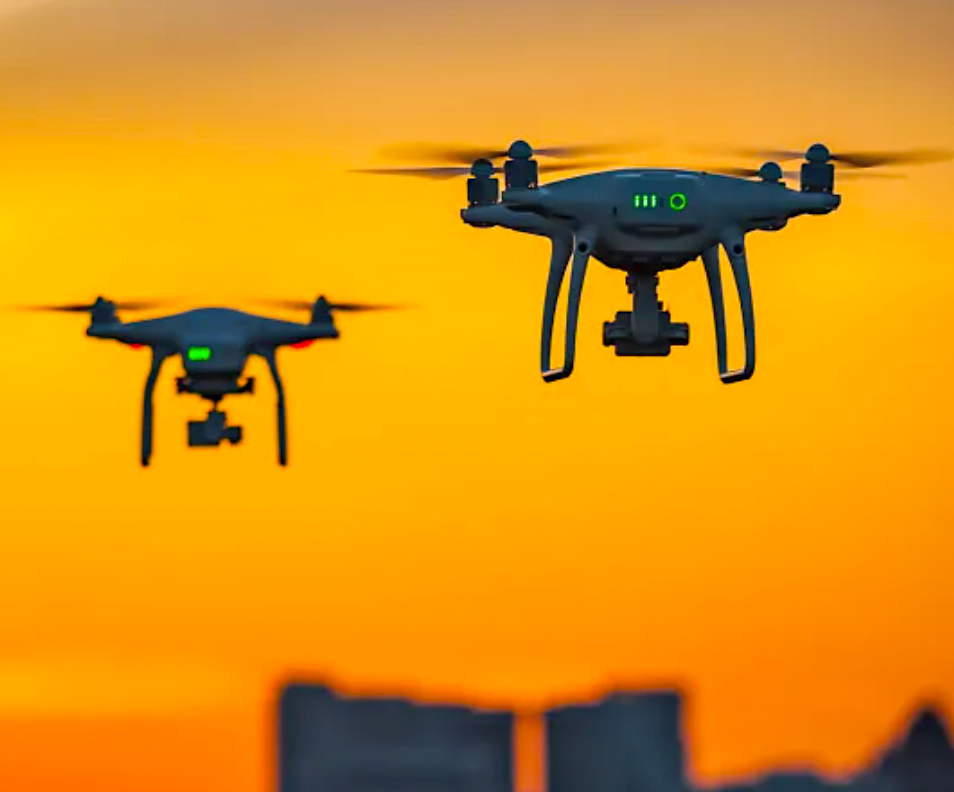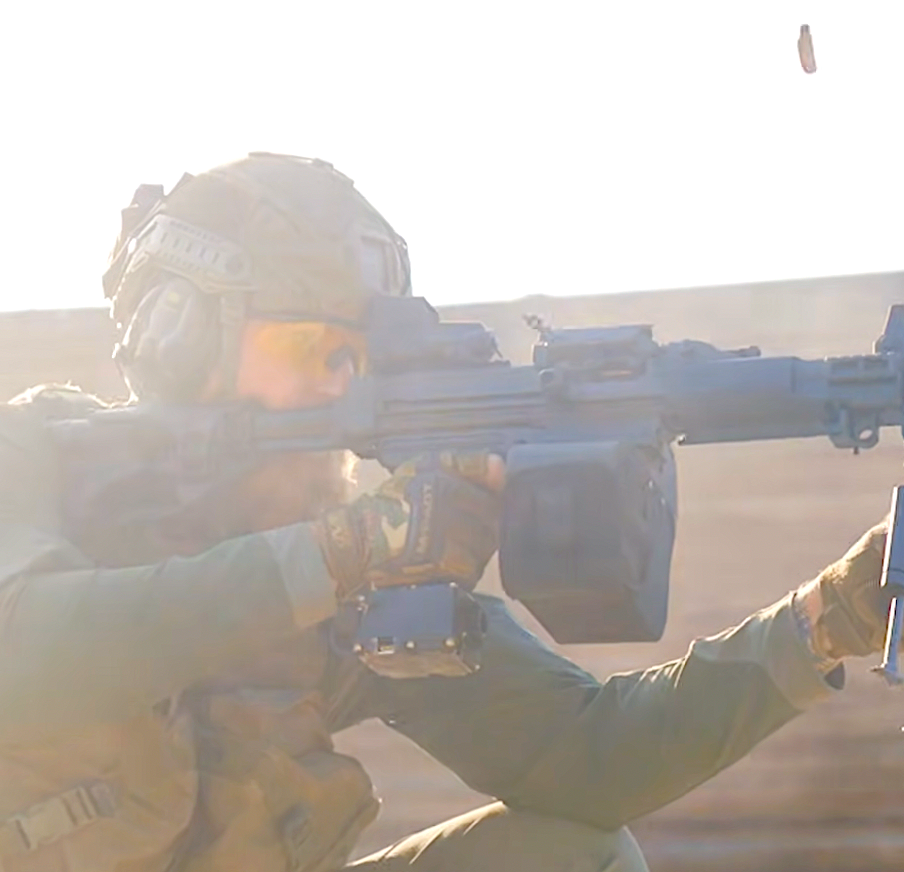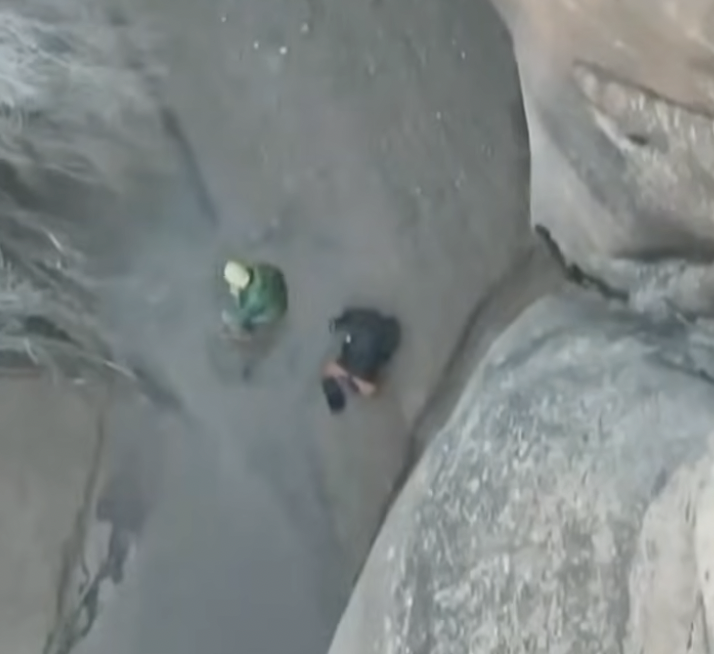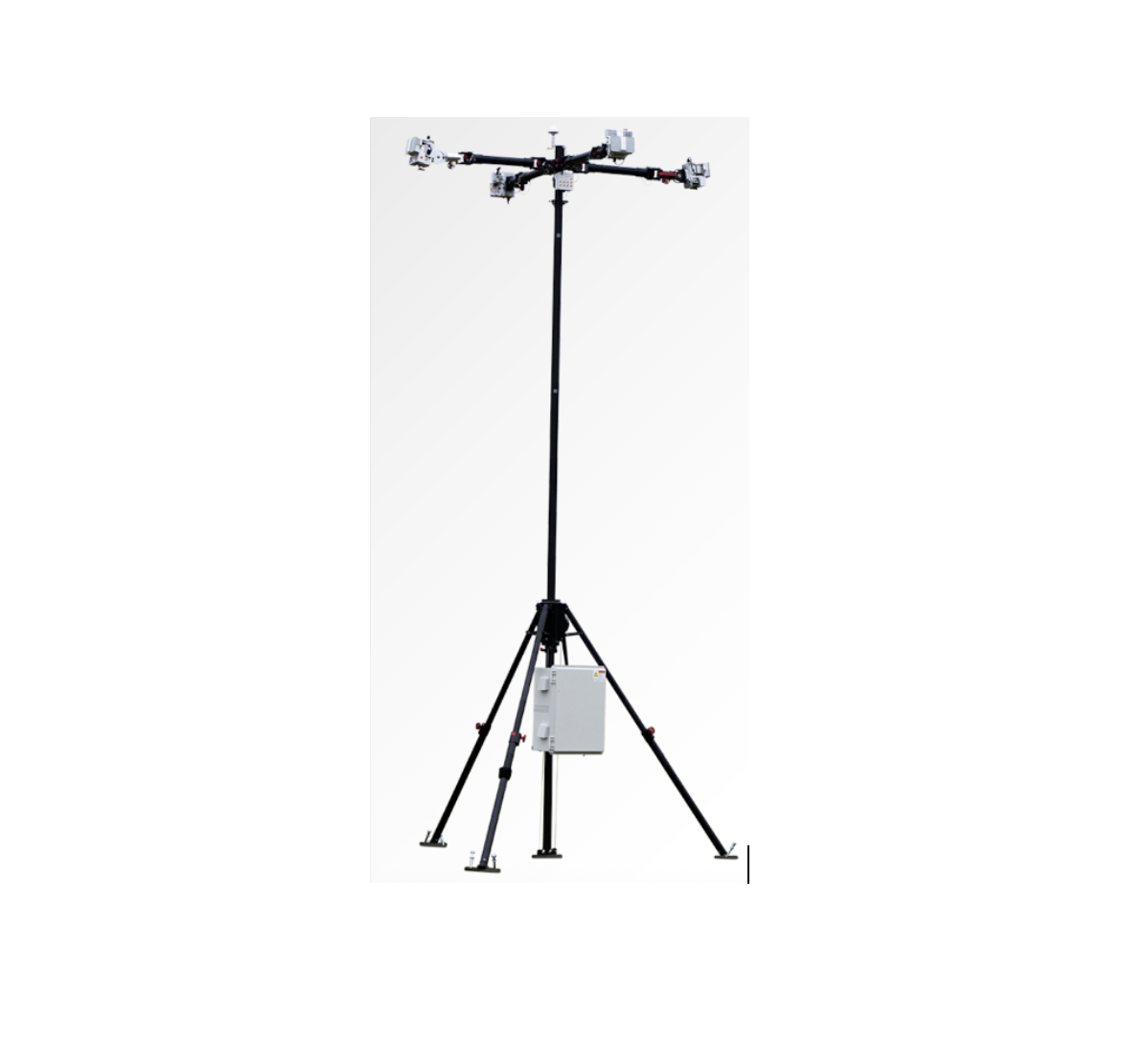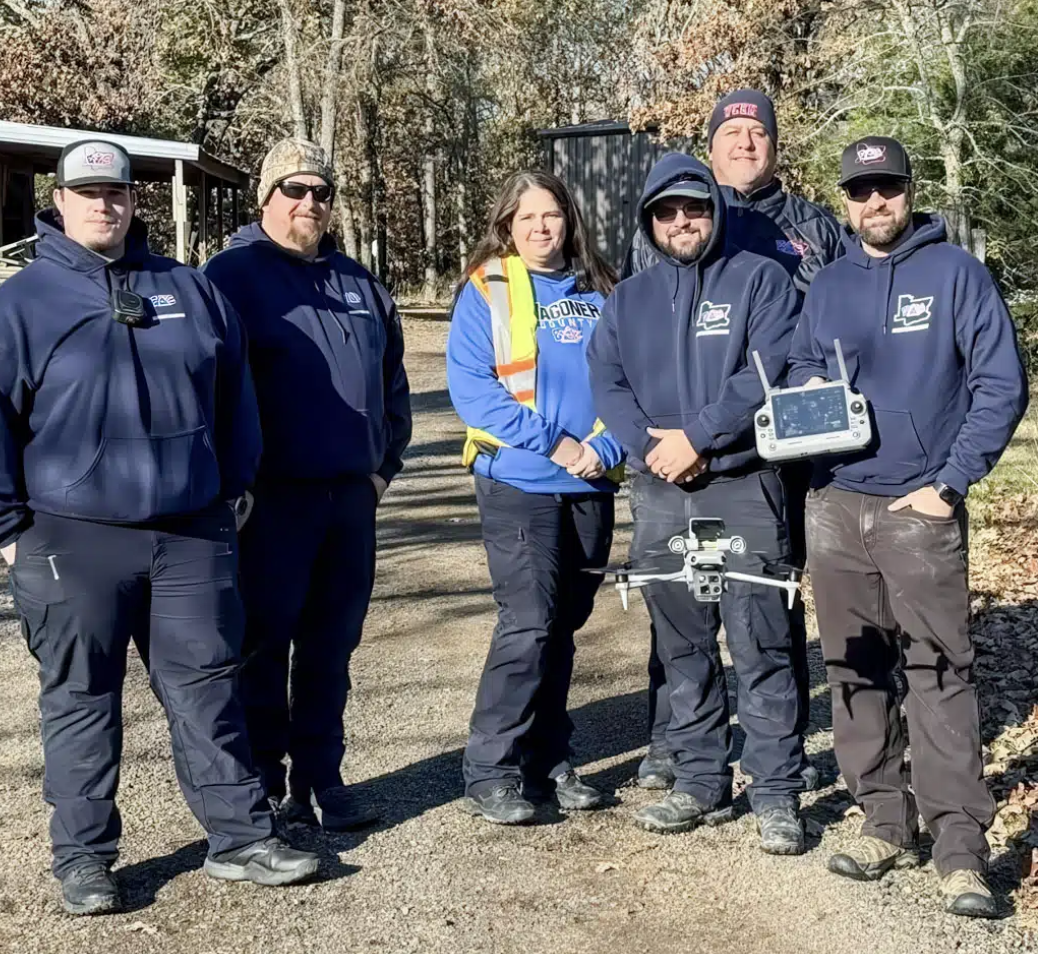Featured NewsTrending NewsDrone ThreatsPILOT FINED $3,021 FOR DRONE jaunt AT OTTAWA INTERNATIONAL AIRPORT
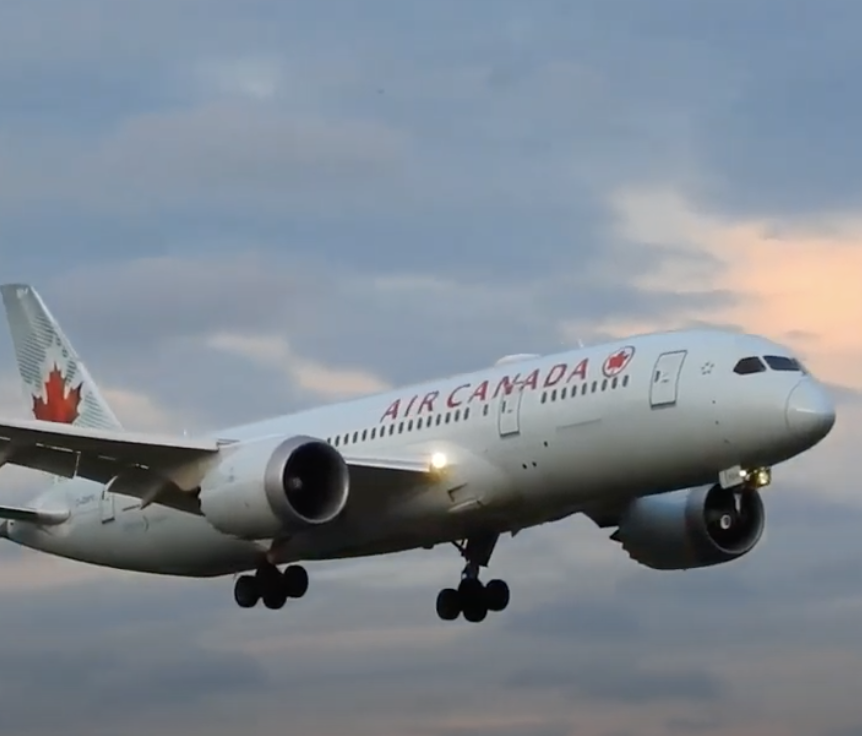
13 July 2023
[Note: This story has been compiled by ChatGPT AI from several news sources.]
A drone operator has been fined a total of over $3,000 for engaging in two unauthorized and potentially hazardous flights near YOW, the Ottawa International Airport. These incidents occurred in December 2022 and involved the drone flying dangerously close to active runways while aircraft were in the process of landing. The YOW Drone Detection Pilot Project was instrumental in detecting the flights and locating the pilot. The system, powered by InDro Robotics' core technology, has been operational for approximately two and a half years.
Remarkably, the system enabled law enforcement to track down the pilot while he was operating the drone from within his car in a hotel parking lot. Michael Beaudette, the Vice President of Security, Emergency Management, and Customer Transportation at the Ottawa International Airport Authority, explained that the pilot expressed surprise when approached by a police cruiser and claimed to be unaware of the prohibition on flying near airports. However, he was about to receive a lesson on the matter.
The system implemented at YOW possesses the capability to detect the presence of active DJI drones up to a distance of 40 kilometers. Additionally, it is designed to identify other commercial drone brands flying in close proximity to the airport by recognizing their unique radio frequency signatures.
On December 20, the system issued an alert regarding a DJI Air 2S drone, weighing 595 grams, being flown in the vicinity of the airport. The first flight took place at 10:07 AM and was initially detected at the parking lot of the World Fuel Services building. The drone remained grounded for five minutes before the operator and drone were identified near a hotel adjacent to the airport, indicating that the pilot was likely operating the drone from a moving vehicle. The drone then began ascending and reached a height of 873 feet, which exceeded Transport Canada's altitude limit for drone operation in authorized areas. The flight lasted nearly 17 minutes and coincided with the arrival of a helicopter at the airport.
Beaudette elaborated, stating that the Airport Operations Coordination Centre (AOCC) promptly checked for any approvals granted for drone activities near the airport and confirmed the absence of any such authorizations. Consequently, they informed the Airport Section of the Ottawa Police Service about the detection, and officers were dispatched to the general area where the drone had been active. Unfortunately, by the time law enforcement arrived, the flight had already been concluded.
The second flight occurred in the parking lot of the Fairfield Inn & Suites by Marriott Ottawa Airport. It commenced at 11:35 AM, with the drone initially ascending to an altitude of 200 feet before reaching 507 feet Above Ground Level. The flight lasted for 6.85 minutes, with the drone landing at 11:41 AM. During this flight, a Jazz Q-400 aircraft landed on Runway 25 at 11:36 AM.
Beaudette further explained that upon receiving an alert about the second flight, they were able to track the drone's movements in real-time and pinpoint the exact location of the pilot. Law enforcement approached the pilot, who was operating the drone from his car, and ordered him to immediately land the drone.
The airport authorities were understandably deeply concerned about these incidents. Beaudette emphasized that both flights occurred without prior notification or approval from NAV Canada. The drone was operated within 350 meters of an active runway, and during the first flight, it also flew in close proximity to a maneuvering helicopter.
As the saying goes, "Ignorance of the law is no excuse." In other words, being unaware of the regulations does not provide any legal protection. The pilot's information was collected by the police and subsequently passed on to Transport Canada. In Canada, it is Transport Canada, rather than local law enforcement (with the exception of local bylaw violations), that is responsible for enforcing the drone regulations outlined in the Canadian Aviation Regulations (CARS), specifically Part IX. If you are a drone pilot and haven't familiarized yourself with these regulations yet, it is highly recommended that you do so.
